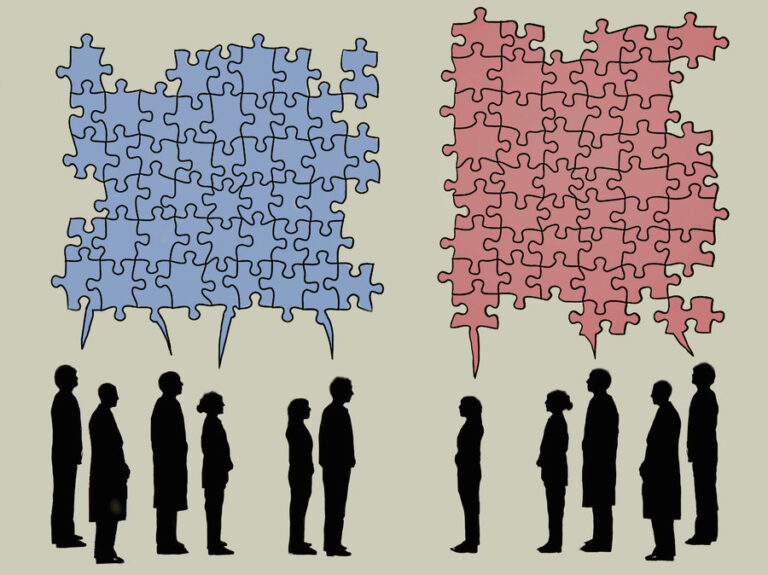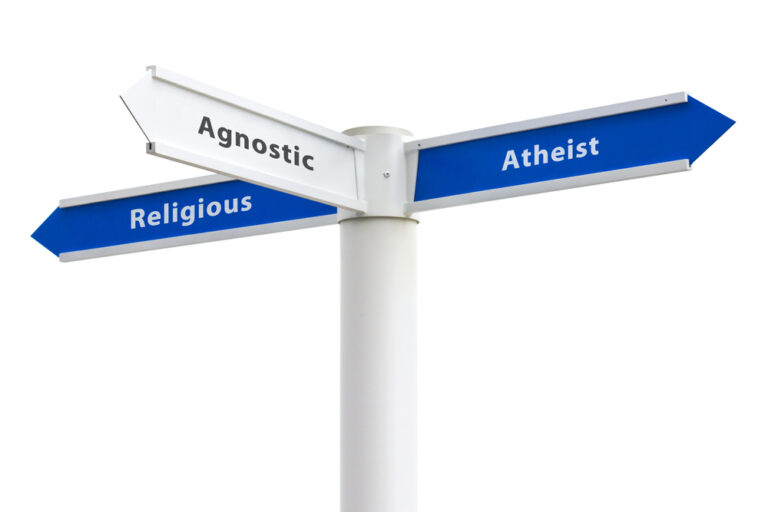Srinagar — A decades-old controversy over the sighting of Eid crescent refuses to die in Kashmir, with a top Islamic jurist forced to issue a clarification after a video showed him announcing the date of the holy festival a day ahead of schedule.
A 1 minute 18 second video, which surfaced on social media on Wednesday, April 19, showed Mufti Nasir-ul-Islam, the senior-most official authority on religious and social matters in Jammu and Kashmir, announcing that the waxing crescent, which marks the end of Ramzan, the ongoing Islamic month of fasting, could not be spotted.
“The Ruet-e-Hilal committee did not get testimonies of Eid crescent on April 20. As such, after consultations with ulema and scholars, it has been decided that the Eid would be celebrated on April 22,” Mufti Nasir is seen “recording the message”, as the video, which went viral on social media, is being filmed from the sidelines.
While the video purports to show Mufti Nasir making the announcement on April 20, it surfaced on social media on April 19, a day earlier. In his defence, Mufti Nasir, also known as Grand Mufti of Kashmir, said that the Ruet-e-Hilal committee records “both positive and negative” announcements for the public broadcaster Doordarshan a day ahead of Eid.
“There are two pre-recorded messages, one of which is broadcast depending on whether the crescent has been sighted or not. This is done because the Ruet-e-Hilal committee sometimes spots the crescent late at night and recording a message at that time is not feasible,” Mufti Nasir said.
He added: “We are checking the CCTV cameras to identify the person who leaked the video. I have also written a letter to the J&K Police’s crime branch and cyber police to take strong action against the accused.”
However, the second video, in which Grand Mufti purportedly announces that the Eid crescent has been spotted in Kashmir on April 20 and that Eid was going to be observed on April 21, has not been made public so far. Mufti Nasir could not be reached for comment.

Politics of Ruet-e-Hilal Committee
According to Crescent Moon Watch, a UK-based moon tracker, the Eid crescent was born on March 21 this year and it was possible to sight the crescent in India without optical aid on March 22 in case of clear skies. For countries further east, such as Australia and New Zealand, the crescent became visible on March 23.
Kashmir’s Ruet-e-Hilal committee announces the sighting of Ramzan and Eid crescents, or the lack of it, after receiving individual testimonies from all the districts of Kashmir. But official sources said that the committee is a poorly-serviced team, which lacks the scientific and technical wherewithal to sight the crescent, making it dependent on Pakistan’s moon sighting committee and causing a dent in its credibility.
Last month, the issue hogged headlines after Jammu and Kashmir’s Wakf Board, which took control of nearly all the prominent mosques and shrines of Kashmir earlier this year, announced that it was going to constitute its own Ruet-e-Hilal committee and provide it with all the necessary gadgets and expertise to end the confusion over crescent sightings.
The announcement by Wakf Board, which is led by Darakshan Andrabi, a BJP leader, came as the crescent sighting to mark the beginning of the month of fasting turned into a source of controversy in Kashmir this year.
While Ramzan started in the rest of the country from March 24, most Kashmiris started fasting from March 23, even though Grand Mufti had announced that the Ramzan crescent was not spotted in Kashmir on March 22 and that fasting would begin from March 24.
Following the announcement of crescent sighting by Pakistan, public address systems installed in mosques and shrines across Kashmir sprung to life close to midnight on March 22, urging Kashmiris to start fasting from the next day and putting Mufti Nasir in a tight spot.
Many believe that this decades-old practice in which Kashmir observes Ramzan and Eid with Pakistan has become an eyesore for the BJP which has adopted a muscular Hindutva policy on Kashmir since J&K was stripped of its special status in 2019 and downgraded into two union territories.
For the saffron party, ending this practice will mark another step towards the “integration” of Kashmir with the rest of the country.
However, the urgency with which the administration seemed to be steamrolling the process for setting up the Ruet-e-Hilal Committee without taking the religious leaders on board evoked a strong reaction from Kashmir’s ulema and scholars belonging to nearly a dozen groups last month, amid fears of politicisation of a religious issue.
Islamic jurisprudence over politics?
Mufti Nazir Qasmi, a noted Islamic scholar based in Kashmir, said that spotting the crescent in Kashmir is difficult because of the cloudy conditions which prevail in the region from November to April, and sometimes during summer months also.
“As per the Shariah (Islamic law), in case any place in our neighbourhood announces that the Eid crescent has been spotted, we are also obliged under the Islamic law to celebrate the Eid along with them,” Mufti Qasmi told a gathering of Kashmir’s leading Islamic jurists and scholars in Srinagar, who had come together to “clear the confusion” caused by Grand Mufti’s unheeded announcement on the beginning of Ramzan.
Mufti Qasmi said that the Ruet-e-Hilal Committee, which is going to be formed by the administration, will face a peculiar situation in the coming years as Kashmir’s weather conditions will continue to pose as an obstacle in crescent sightings. “Borders are transient. In coming years, borders may be altered and in 100 years there may be new borders. Shariah decrees that the decision of crescent sighting should not be taken according to (political) borders but on the basis of geographical location of Kashmir,” he said.
In a statement, the Grand Mufti said that he has urged the J&K police to inquire into the video leak, “Some miscreant present in the office used his cellphone and recorded the statement in order to create confusion among general public,” Mufti Nasir said, urging the police to identify the person who leaked the video and “take appropriate action … for breach of trust and creating law & order problem”.
The Srinagar district police could not be reached for comment on the video leak, whether a case has been registered or arrests, if any. The story will be updated if any when the response is received.
Festivities begin
On the ground, heavy rains over the last two days have failed to dampen the Eid festivities in Kashmir. Massive traffic jams have been reported across the capital Srinagar and other urban areas of the Valley with thousands of people thronging the markets to make the last minute Eid purchases.
Mutton, chicken and bakery shops, and readymade garments sellers as well as hair salons in Srinagar have been swarmed with customers since Thursday. “I have already culled more than three dozen chicken but more customers are coming. It appears as if Eid is going to be celebrated on Friday,” Ashiq Hussain, who sells around a dozen chickens on a normal day, said on Thursday.
Abdul Rashid (name changed), a retired government employee, said that his wife, a house maker, sent him to market on Thursday for buying mutton and bakery “to be on the safe side” in case Eid was celebrated on Friday.
“We started fasting from March 23 along with Saudi Arabia and Pakistan. If the crescent is spotted in any of these countries on Thursday, we will also celebrate Eid on Friday,” Rashid, a resident of Srinagar, said.
However, on Thursday evening, April 20, Mufti Nasir said that the Eid crescent could not be sighted, hours after Pakistan’s Ruet-e-Hilal Committee said that it could not spot the Eid crescent and the holy festival would be celebrated on Saturday.
Source: The Wire








Leave a Comment